Mar 30, 2025 – Farming, Planting Lettuce Seedlings
Hello everyone. Today, Sunim engaged in farming activities for the first time this spring.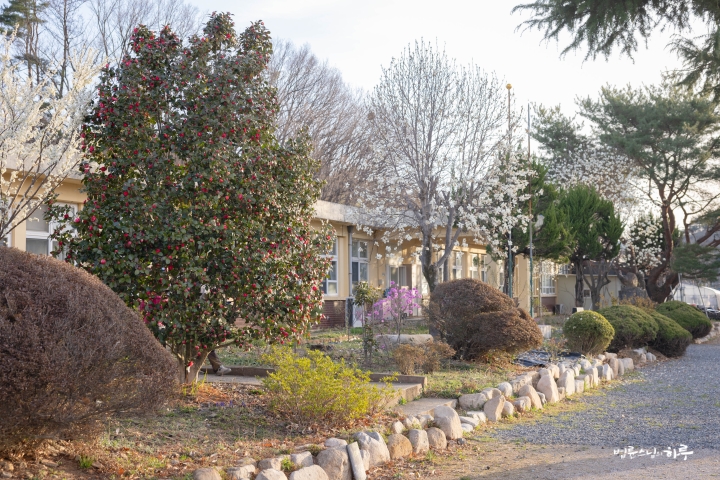
After completing his morning practice and meditation, Sunim began farming at 8 o’clock.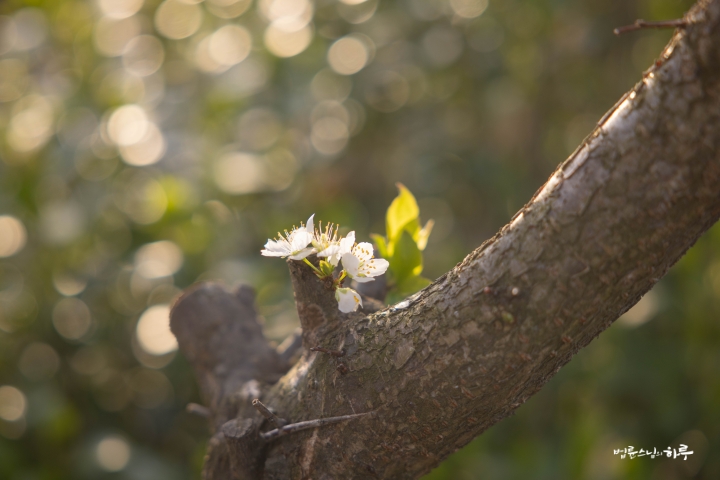
First, Sunim headed to the garden with coriander seeds that had been soaked in water the previous day. These seeds were dried and saved from coriander plants he grew last year. After thoroughly watering four spots in the garden, he scattered the seeds and lightly covered them with soil.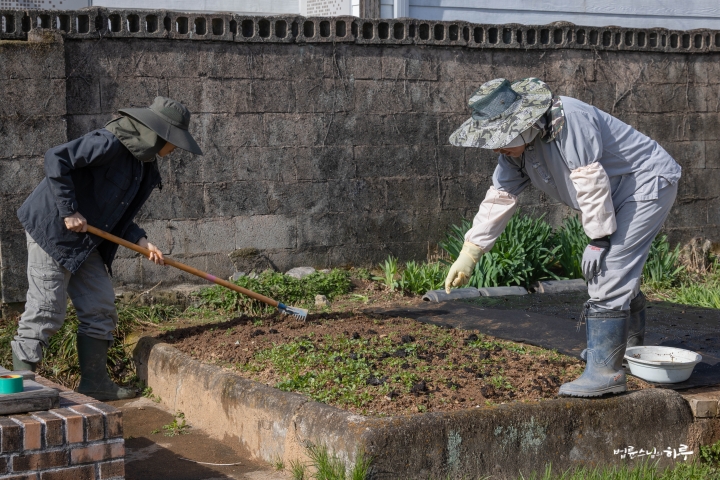
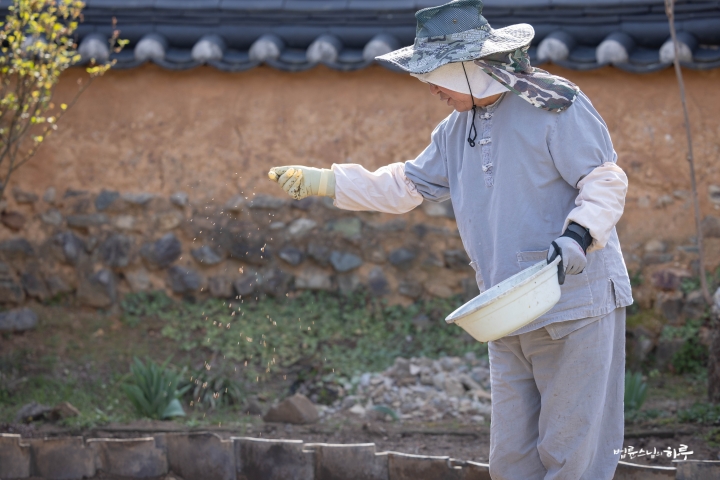
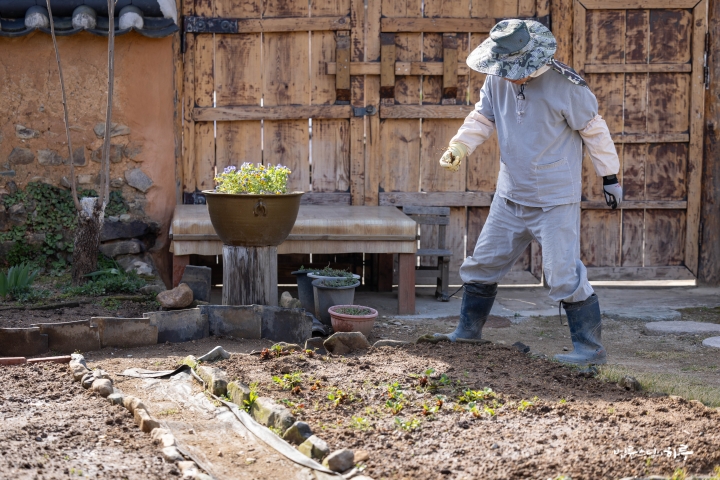
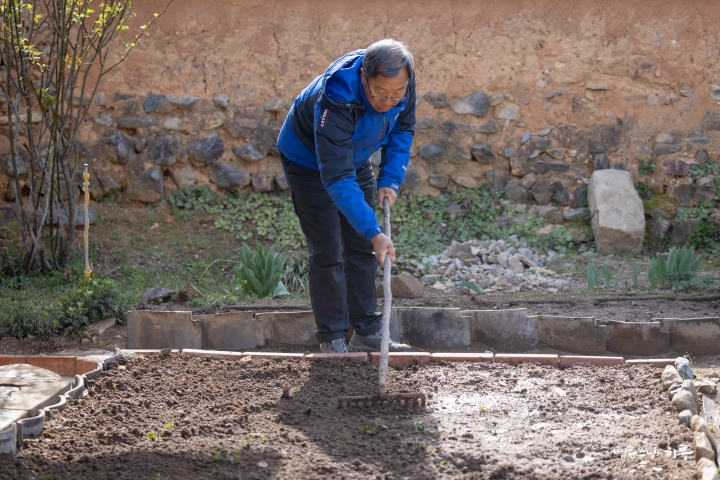
Next, Sunim began planting lettuce seedlings. He planted five different varieties of lettuce evenly throughout the garden.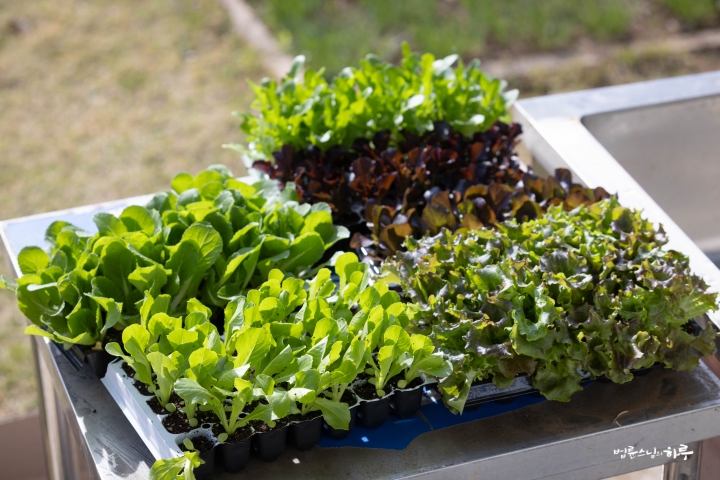
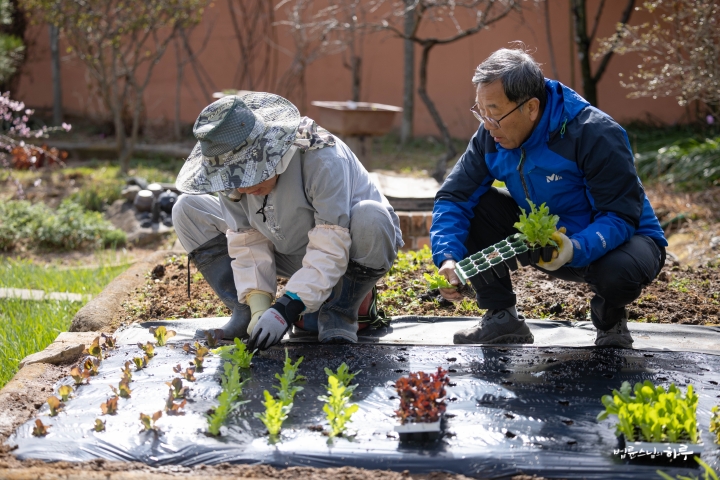
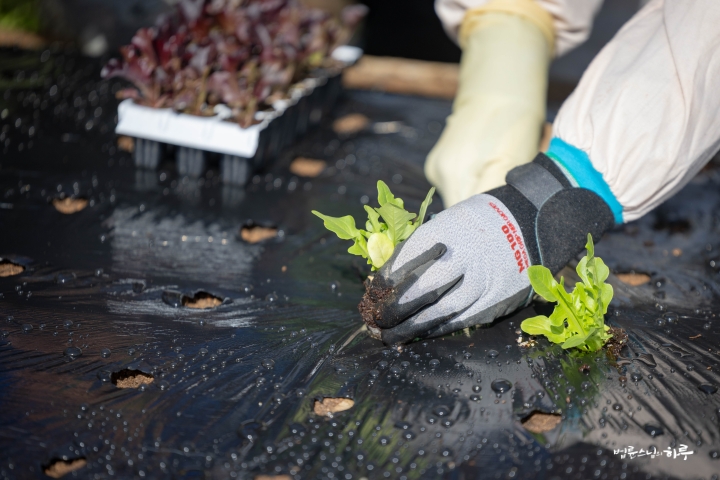
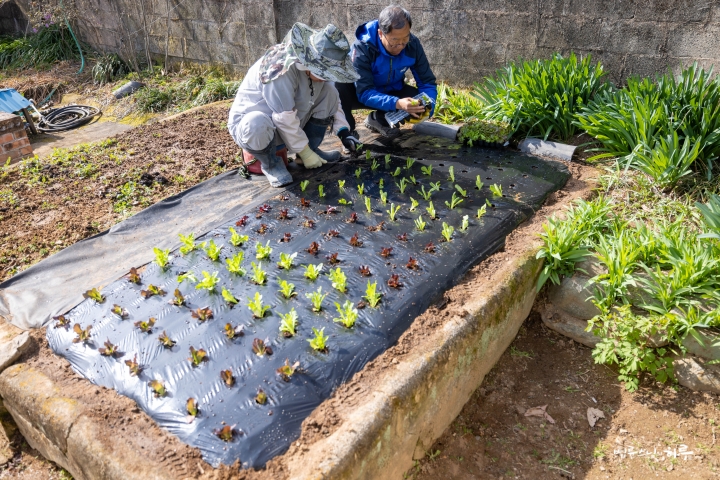
For the varieties that grow larger, Sunim planted them in another garden bed with wider spacing.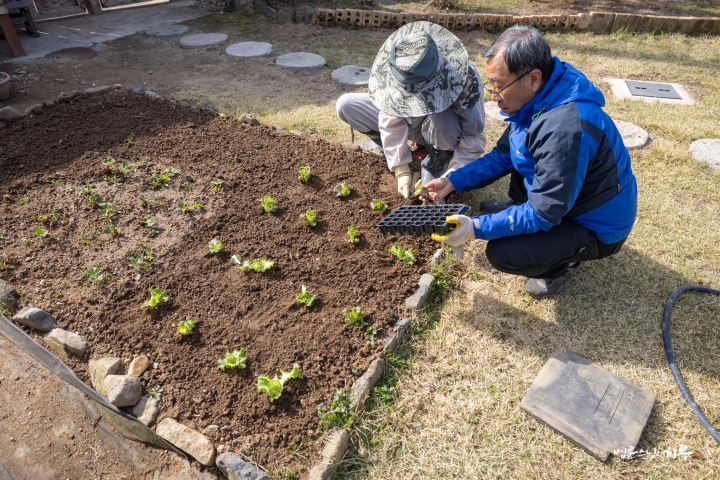
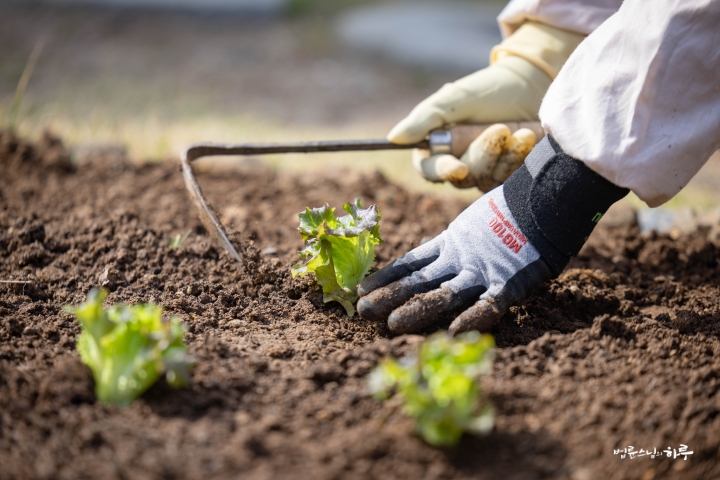
After planting all the seedlings, Sunim went to the stream to collect fine sand, which he sifted through a strainer. He gently spread this fine sand around each seedling and then gave them a generous watering.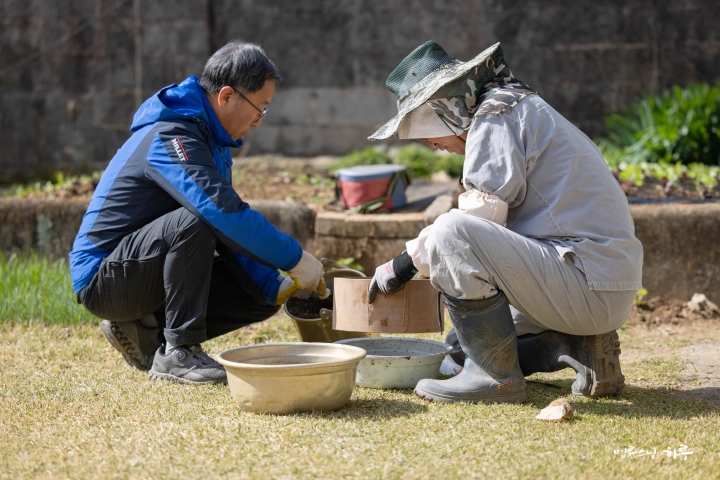
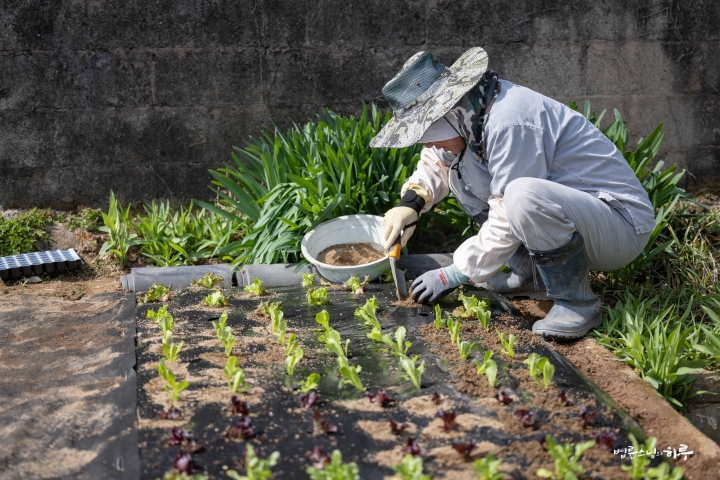
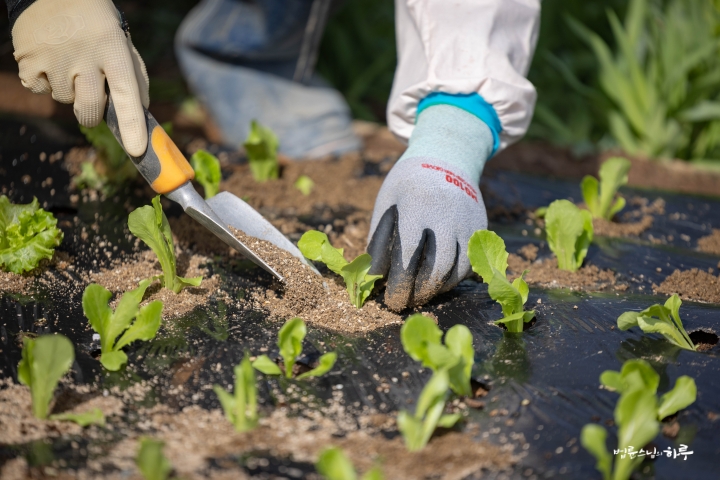
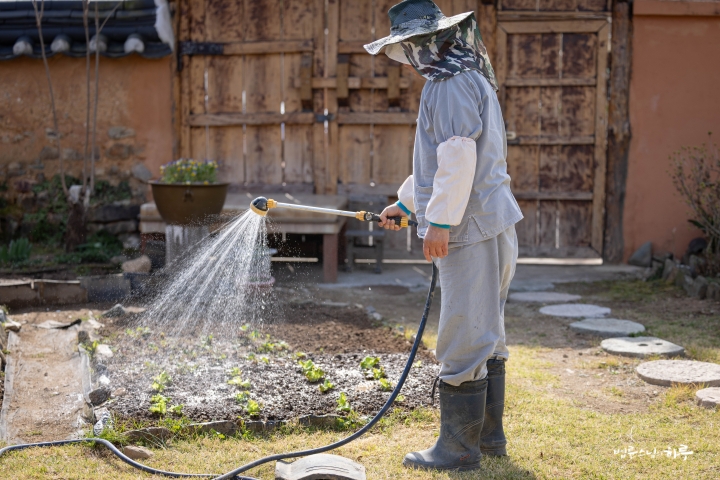
Next, Sunim visited the lettuce patch that had been planted last winter. As he sat down to weed, he realized that what appeared to be weeds from a distance were actually kale plants.
“These aren’t weeds, they’re plebeian sage!”
The kale had grown naturally from seeds that had fallen from plants Sunim had grown last year, which he had planted because plebeian sage is known to be good for throat health.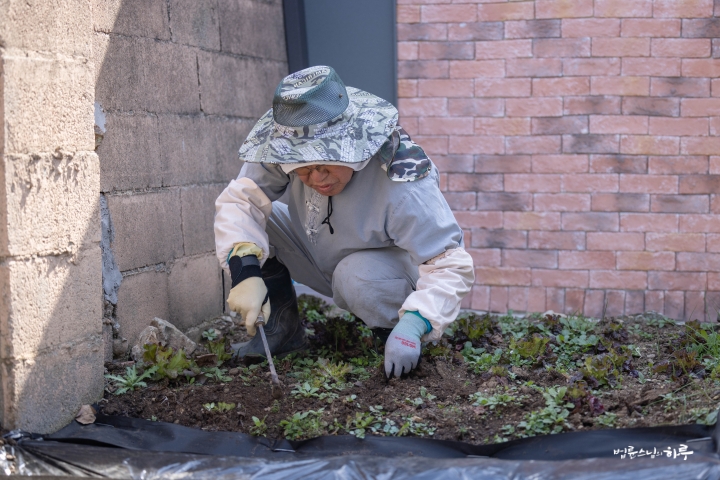
Finally, Sunim planted spring cabbage. Despite working diligently all morning, his hands became cold from the sudden drop in temperature. He warmed his hands by blowing on them as he finished planting the cabbage.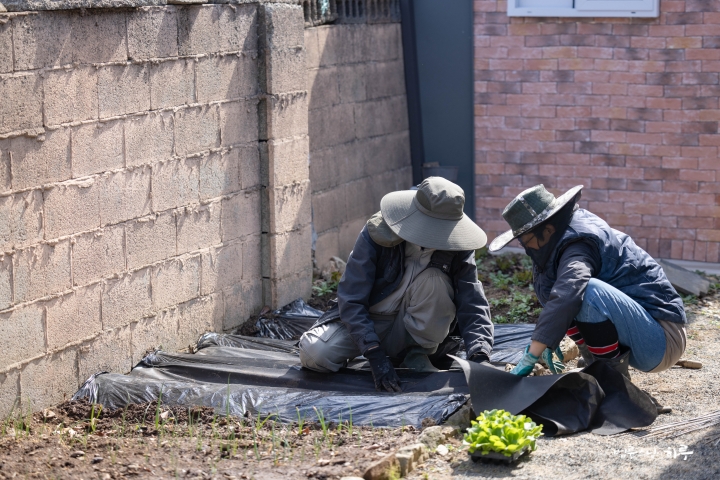
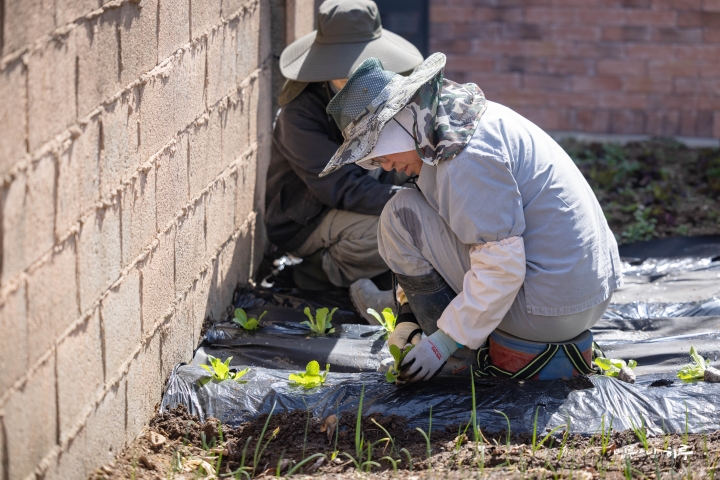
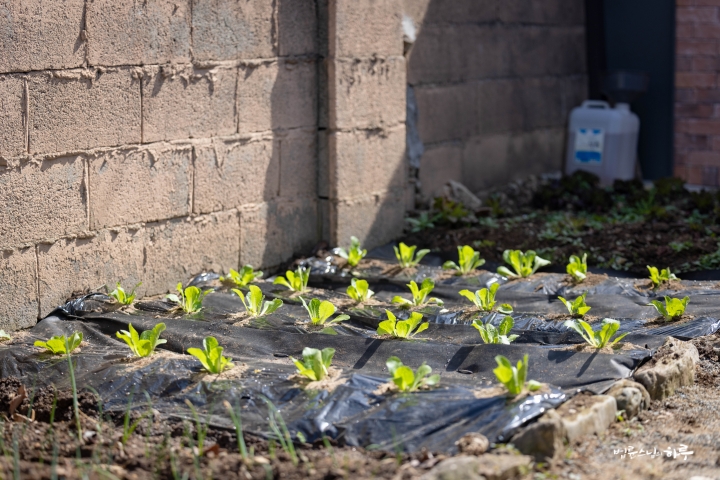
After working with his eyes on the ground for so long, Sunim looked up and was greeted by the sight of mountains turning light green.
“Wow, look at that mountain.”
Though the wind was still cool, signs of spring were visible everywhere.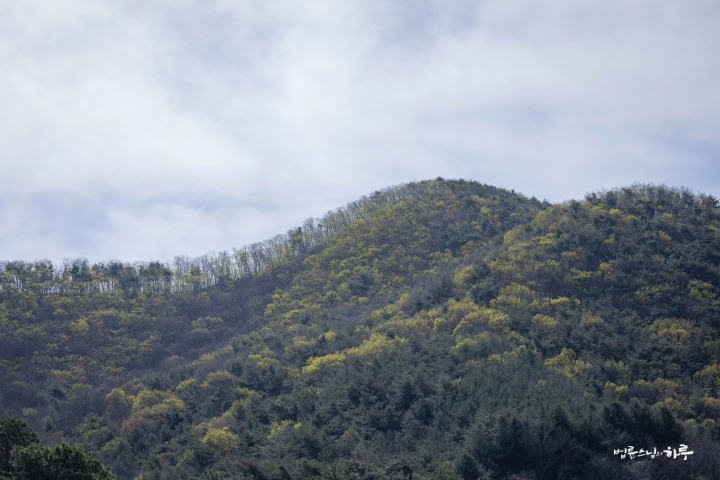
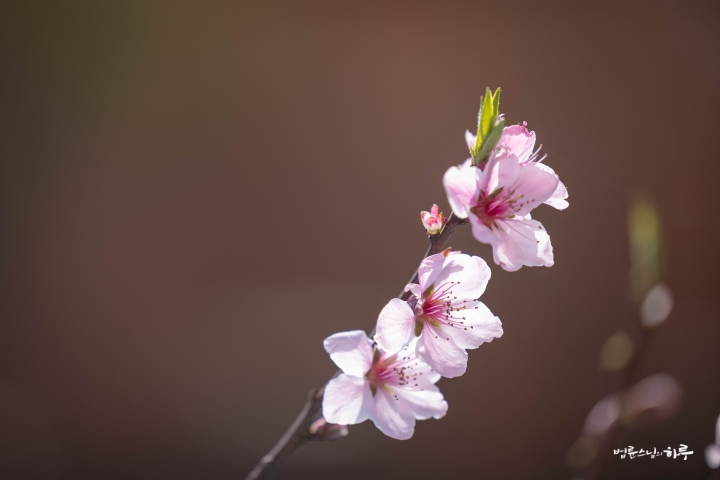
After finishing the farm work and having lunch, Sunim visited his older brother who is hospitalized after returning from the United States. After checking on his condition and exchanging greetings, Sunim returned to the Dubuk Retreat Center.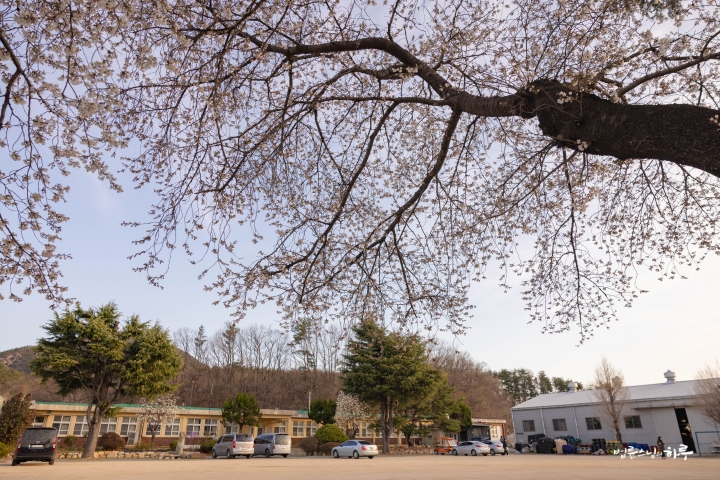
Sunim had a brief meeting with Dharma Teachers Myodang, Hwagwang, and Hyangjon to discuss this year’s farming plans. After dinner, he left the Dubuk Retreat Center at 7 PM and headed to Seoul.
“I’m leaving after feeling the spring energy for the first time in a while.” 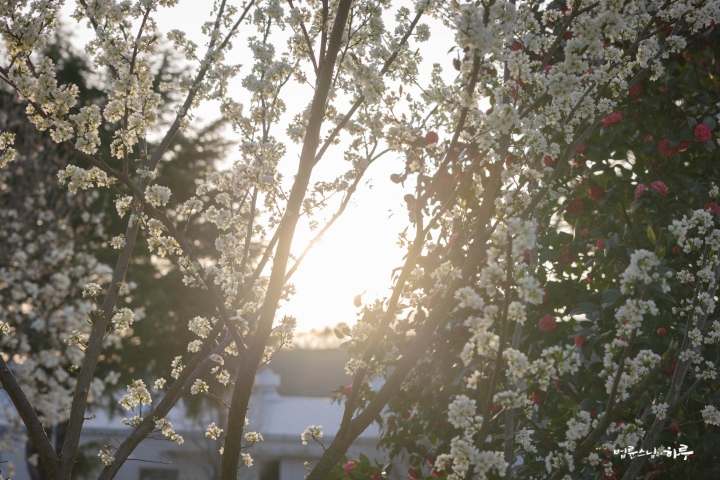
Over the weekend, Sunim experienced the arrival of spring while engaging in farming activities after a long time. The journey on the highway took four hours. Sunim slept soundly in the car.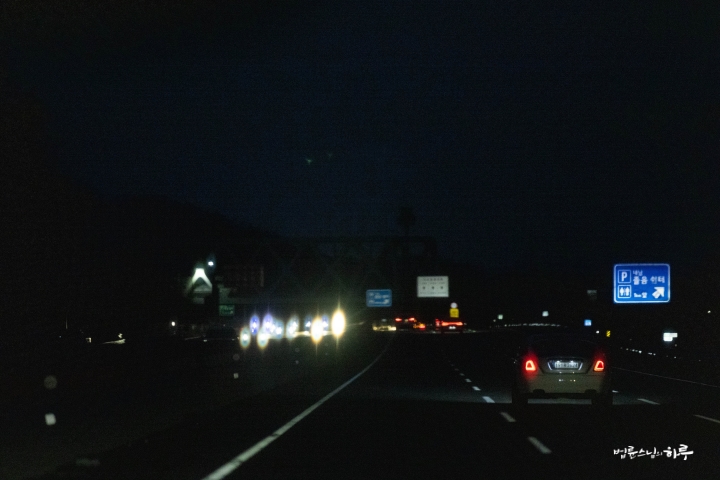
Arriving at the Seoul Jungto Center at 11 PM, Sunim concluded his day.
Since there was no Dharma talk today, we will end this post by sharing a conversation between Sunim and a questioner from the Friday Dharma Q&A session held at the Jungto Social and Cultural Center on the 28th.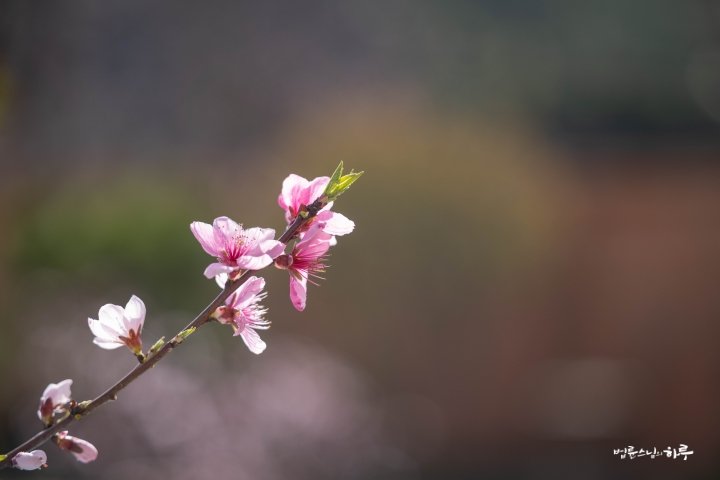
How can I overcome the suffering of losing someone I love?
“Even losing a small item can make us feel sad. Analyzing this feeling, it’s not just about losing the object itself. It’s a reaction to our attachment to that object. For example, if we move water from one place to another, the original space becomes empty. Over time, water from somewhere else flows in to fill that empty space. Until it’s refilled, that empty space feels hollow, but once filled, the emptiness disappears. The stronger our attachment, the larger that empty space feels, and the longer it takes to refill. During that time, we feel sad. As this progresses, it becomes suffering. It’s like how an illness might start with mild cold symptoms but can develop into pneumonia and become serious.
When we feel emptiness, it usually disappears with time. Like water refilling an empty space, it resolves naturally. However, sometimes sadness persists or even worsens over time, especially when we separate from or lose someone close like parents or partners. But the surface reason isn’t the whole story. The degree of our attachment determines the intensity and duration of our pain. If emotions remain difficult to manage for a long time, it becomes a mental health issue. And if there’s a weak psychological link, even a small shock can cause illness.
There’s an old saying that ‘time heals all wounds.’ But when no improvement comes despite the passage of time, some people take their own lives. In the past, such extreme grief might have been labeled as devotion or filial piety, but modern medicine recognizes it as mental illness. When the mind leans too far in one direction, obsessive symptoms appear. In spiritual terms, we say someone is ‘captivated.’ Suicide occurs when one cannot escape from this captivation.
If losing a small item makes us sad, it’s natural that losing parents, children, or spouses causes greater pain. The closer the relationship, the greater the suffering. This is because the intensity of attachment to that person is stronger. That’s why it’s said that losing someone you love causes more pain than meeting an enemy. The pain of losing a loved one exceeds the pain of being harmed by an enemy. In Buddhism, human suffering is categorized into eight types: birth, aging, illness, death, separation from loved ones, meeting with enemies, not getting what one wants, and suffering from the five aggregates. After the four sufferings of birth, aging, illness, and death, the next suffering mentioned is separation from loved ones. It comes before the suffering of meeting with enemies. This indicates that while meeting someone you dislike is painful, separating from someone you love is even more painful.
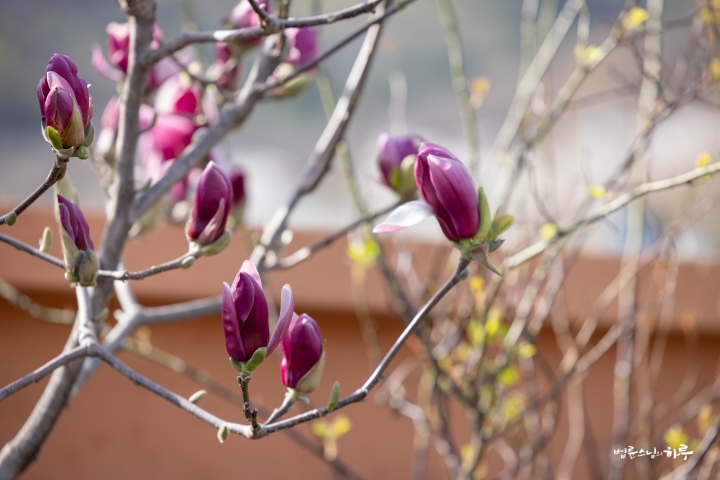
Stories about past lives, future lives, and reincarnation are essentially ways to comfort those grieving the loss of loved ones. Imagine two people who were enemies in a past life with hatred so deep that killing each other wasn’t enough to settle the score. In their next life, they meet again as parent and child. While living together, the child suddenly dies. How would the parent feel losing a child so precious they wouldn’t feel pain even if they put them in their eyes? They would wander in agony for the rest of their life. There’s a story that says this is how deep-seated grudges from past lives are resolved. This narrative emerged as a final prescription when no other comfort suffices for the immense suffering caused by separation from loved ones. Similarly, for someone distressed about losing money, thinking “I borrowed money from that person in a past life, so I’m repaying that debt in this life” can help them escape their suffering. Debating whether these stories are true or false is meaningless. What matters is that they effectively comfort people in pain. There’s no need to dismiss them as useless talk, nor should we believe them literally as fact, as this can lead to various side effects. In so-called pseudo-religions that cause social problems, these comforting words become distorted as if they were facts, creating issues by deceiving people who are grieving.
The same applies to future lives. The concept of future lives is an idea designed to help people escape the suffering caused by death. It suggests that this life isn’t the end—there’s another life after this one. This allows us to comfort those grieving the loss of loved ones by saying they’ve gone to a better place. In India, reincarnation means being born again in this world. There’s a significant difference in the level of comfort between believing you’ll never see someone again even if they’ve gone to a good place, and believing you can meet them again when they return. In this sense, the idea of reincarnation provides such good comfort that it has spread to many people regardless of religious affiliation. We can often find concepts of future lives or reincarnation in our daily lives, with expressions like “Let’s meet in the next life” or “I’ll repay you in the next life” commonly used. This opens up the possibility of meeting again despite the inevitable parting now, offering consolation. Therefore, arguing about whether this is real or fake is meaningless. Claiming it’s real can cause side effects, while dismissing it as fake means losing a good method of comfort.
Buddhism doesn’t focus on debating the truth of these inherited stories. This is because Buddhism fundamentally aims to free people from the issues of life and death. This means that once you’re free from the fear of death, there’s no need to talk about what happens after death. Stories about past lives, future lives, and reincarnation stem from the suffering, sadness, and fear that humans have about death. Therefore, when such suffering disappears and one reaches nirvana, life and death are simply seen as natural phenomena.
How much effort you put into practice to escape suffering isn’t important. You’re liberated from suffering the moment you break free from attachment. Conversely, if you can’t break free from attachment, suffering will persist no matter how much effort you put into practice. All suffering ultimately stems from attachment. Our conscious mind knows that suffering arises from attachment. However, because we attach unconsciously, a contradiction arises where understanding attachment intellectually doesn’t resolve suffering in reality. To truly escape suffering, you must let go of attachment from the depths of your heart.”
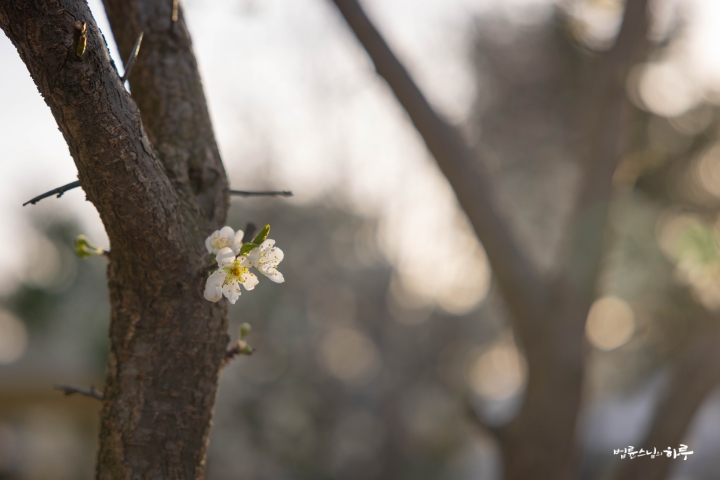
“I’ve been meditating a lot lately. When I meditate, I become calm and return to my daily life. However, when I talk to someone who is sick or something happens, my mind becomes troubled again. What kind of practice would help me maintain my peace of mind?”
“The reason you’re looking for a more helpful practice is because you want to achieve greater results with less effort. It’s like trying to find a way to make more money with minimal effort—wondering whether to invest in stocks, buy gold, or purchase cryptocurrency. Similarly, contemplating whether to call upon Ksitigarbha Bodhisattva or Avalokitesvara Bodhisattva, or deciding between attending a temple or a church comes from the same mindset. However, this issue doesn’t depend on which method of practice you choose. It’s about letting go of the attachments that you’re holding onto. Whether you recite Buddha’s name, practice Seon meditation, or suddenly realize and let go—the solution is simply releasing your attachments. But if you can’t let go of your attachments regardless of what you do, your suffering won’t be resolved. If you think there’s a specific practice that solves suffering, you’re looking at practice from a purely technical perspective. It’s a misunderstanding that arises from viewing it like a mathematical formula where 1 plus 1 equals 2. Therefore, your meditation isn’t directly related to freeing yourself from suffering.
From the perspective of cosmic time, human life, shorter than the lifespan of a speck of cosmic dust, has little significance. From a universal viewpoint, the human lifespan of about 100 years is just a moment. Whether it’s a quarter of a moment or half a moment, it’s still just a moment. It’s like a mayfly dying at 4 PM or 10 PM, from a human perspective, it’s still just one day. From a broader perspective, the Earth doesn’t become heavier when a person is born, nor lighter when someone dies. The total amount of matter on Earth remains the same. It’s just a repetitive process of genetic assembly creating life and then disassembling. This is like waves undulating in the ocean. Looking at individual waves, they rise and fall, sometimes large, sometimes small. But viewing the entire ocean, nothing is truly created or destroyed. There is no birth or death, just the rippling of waves. You need to broaden your perspective, recognize when your mind is fixated on one thing, and let go of attachments. However, if you cling to thoughts like ‘my mother has died,’ no practice will help you. Not even the Buddha could resolve this for you.”
“Yes, I understand. Thank you.”
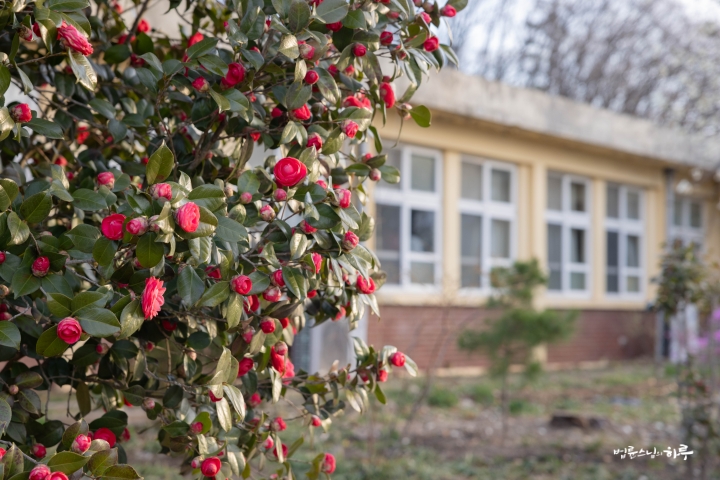
Tomorrow is the 43rd day of the 100-Day Dharma Talk. In the morning, Sunim will give the 7th lecture on Buddhist scriptures in the Dharma Hall on the 3rd floor of the Jungto Social and Cultural Center, and in the evening, he will present the 7th lecture of the Buddhist Social Studies Course in the main auditorium in the basement.




